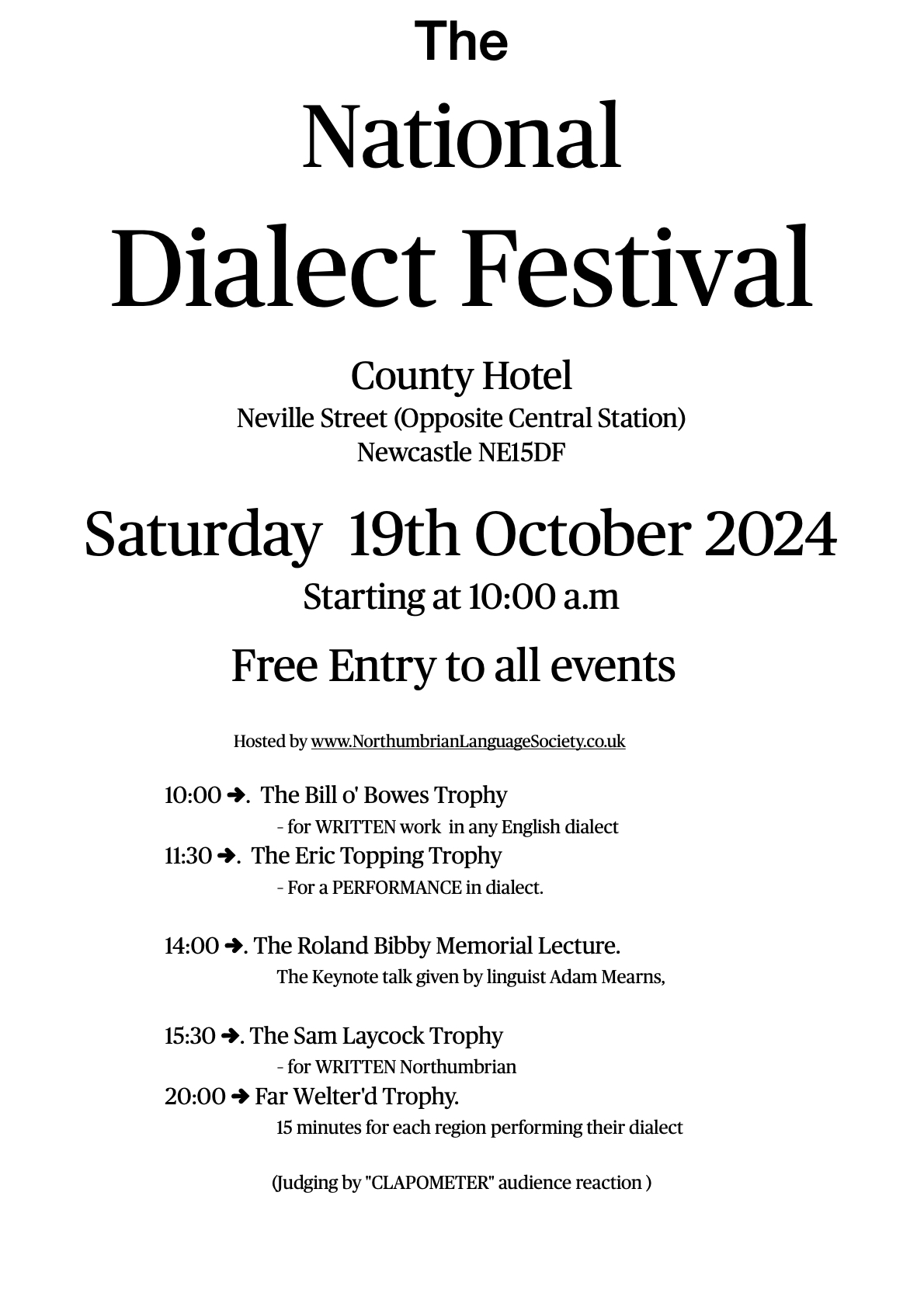The Historical Background
Before the Romans conquered southern Britain in 43AD, the British Isles were peopled by the Celts, a vigoous and artistically gifted race, organised along tribal lines. This social structure was not destroyed by the Romans in those parts of Britain they conquered, but it was modified by them, and many of the Celts adopted Roman ways of life. As the Roman empire in western Europe disintegrated in the fifth century AD, the system they had created didn’t collapse: it simply withered away over the years. In some parts, the Britons carried on for many years living in the towns, and in the style, created by the Romans; in other parts, the Roman structure was simply abandoned and left to decay.
The Romans never set foot in Ireland , and their influence had never been as widespread in Wales and Scotland as it had been in England. When word of the Roman departure spread to these areas therefore, these tribes began to infiltrate into the previous Roman province of Britannia, looking for whatever plunder they could find. It was these raids that prompted the romanised Celts to look for allies, just as their recently-departed Roman masters had done. They chose other raiders from Europe to act as their mercenary defenders. According to tradition, it was these Angles, Saxons and Jutes, led by Hengist and Horsa, who eventually turned against their employers, and began to settle in large numbers throughout southern and eastern Britain.
These invaders were of Germanic stock, and the language they spoke was very different from that of the Celts. They came from northern Germany and southern Denmark. The Jutes settled in Kent, the Saxons in southern England, and the Angles eventually spread throughout the north, east and and centre of England and southern Scotland. The Angles were the most numerous of these invaders. The words England and English reflect this dominance.
In 547, the Anglian chieftain Ida is traditionally credited with the establishment of the kingdom of Beornica at Bamburgh in Northumberland. Within fifty years, Beornica had united with another Anglian kingdom, Deira, based at York, to form the joint kingdom of Northumbria (Northanhymbre – the people who lived north of the Humber). Over the next two hundred years, Northumbria grew in size until it occupied all of Britain north of a line from the Humber to the Mersey, and south of a line from the Forth to the Clyde.
(For more about Northumberland versus Northumbria, click here)
The Viking raids of the eighth and ninth centuries destroyed Northumbria’s political power, but surprisingly, this led to its period of greatest influence in art, education, religion and literature.
The foundation of the new kingdoms of England and Scotland in the ninth and tenth centuries led to the rapid decline of Northumbria. Deira was overrun and settled by the Vikings, and the Scots took Lothian and Cumbria, until all that was left was the area between the Tweed and the Tees, covering the modern counties of Northumberland and Durham.
If the truth be told, we Northumbrians are a right stroppy lot! It took the Normans until 1095 to bring us to heel after their successful invasion of England in 1066. That’s one of the reasons why Northumberland and Durham don’t feature in the famous Domesday Book which was compiled in 1086. And then, after the battle of Otterburn in 1388, the Percys fell out with the English kings in London over the payment of ransom fees, and there was a rebellion in the north led by one of our local heroes Harry Hotspur. The Pilgrimage of Grace in 1536 in the time of Henry VIII began in the north of England. It was supposed to be a protest about the king’s religious reforms, but it soon developed into another rebellion which was savagely suppressed. Finally, during the reign of his daughter Elizabeth I, another rebellion by the northern earls had to be put down violently in the 1580s.
For the rest of the period from about 1100 until the Act of Union of 1707 which united England and Scotland, the area was virtually ignored by both London and Edinrburgh unless one or other of the monarchs saw that an advantage could be gained from fomenting trouble between the communities on either side of the border.
It is important to realise that the border between England and Scotland is political and not cultural. The people on both sides of it are of the same basic racial stock – Anglian, and they speak the same basic language – Northumbrian. The ancient clan system survived for centuries, and different branches of the same family were to be found throughout the borders. This meant that many of the feuds and disputes split families and clans, and the governments in London and Edinburgh exploited these cynically for generations. This was the period of the border reivers which has been preserved in the celebrated border ballads. The often romantic picture of these times depicted in the ballads was in sharp contrast with the reality, which was violent, uncertain and profoundly depressing.
The union of England and Scotland brought this period to an end, but it took a long time for the suspicion and devastation of centuries to lessen to the point where the area could be regarded as peaceful and settled. From the eighteenth century onwards, however, Northumberland and Durham became, in a real sense, part of modern England, and they were subjected to the full blast of the industrial revolution, with all its attendant problems and opportunities. It is still the case however, that the north east of England is the least well-known part of the country, and there is considerable ignorance about our unique history, culture and heritage.
Click here for the next part of the story.
Share this content

